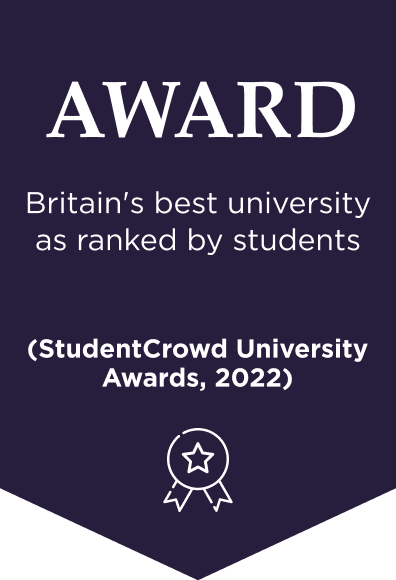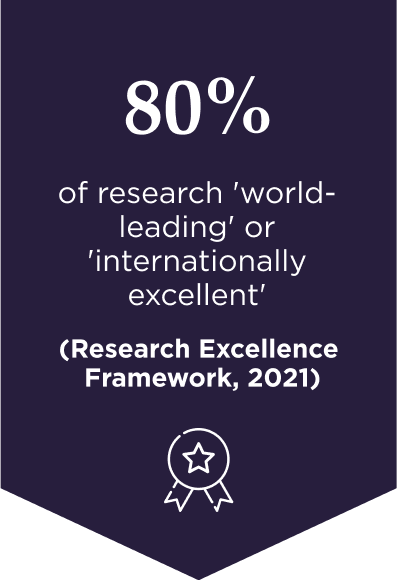Data scraping: the knowledge of the Internet at your fingertips
Posted on: May 31, 2023
What is data scraping?
Data scraping, also known as web scraping, is a data science technique in which a computer uses a programming language to extract data from output generated by another programme. Web scraping is not to be confused with web crawling; it focuses on extracting data rather than indexing it. It has myriad uses, for example:
- finance, where it can be used for the real-time monitoring of commodities, stocks and assets – such as cryptocurrency
- e-commerce, where price comparisons can be made between products and services across different online shopping sites
- real estate, where an aggregation of available rental properties listed on various estate agent websites and portals can be made.
In terms of how it works, there are three stages in the web scraping process:
- A scraper bot – a piece of javascript code used to pull the data – sends a HTTP GET request to the specified website.
- The website responds, and the scraper bot parses the provided HTML document for specific data patterns.
- The data is extracted and converted into the specified format (either files or spreadsheets).
Generally speaking, all data scraping techniques source and retrieve HTML parsing is not the only data scraping technique. Others include:
- DOM parsing – Scrapers use Document Object Model (DOM) parsers to access information-containing nodes within webpages and extract details of their structure, style and content.
- XPath – XPath selects nodes according to various parameters to navigate through XML documents.
- Vertical aggregation – This technique uses cloud-based data harvesting platforms to target specific verticals.. Bots are automatically generated according to the data required by a given vertical and are monitored with very little human intervention.
- Google Sheets – Google Sheets contains a function (IMPORTXML) which supports extracting specific data and patterns from websites. It can also check if a website is protected from scraping or not.
While scraping for data collection – as a theoretical technique is relatively straightforward – its implementation can prove more challenging for data scientists.
What are the benefits of data scraping?
While it has numerous applications, one of the most common is when businesses or individuals use web scraping to extract useful, structured and relevant information and data from webpages. The datasets collected from the Internet vary, but often include price comparison information, images, product information, text and customer reviews. In this way, many organisations use web scraper data insights and business intelligence to remain competitive. It helps to support customer retention, inform and personalise web content, conduct market research, send product data to other platforms and boost lead generation.
For example, a recruitment platform may wish to understand how competitor websites and job portals market their roles and what information they provide in their listings; they can make use of data scraping to pull relevant data from competitors, such as LinkedIn or Monster, to help inform decision-making regarding their job postings. Similarly, an organisation who wants to improve their digital marketing, social media or search engine optimisation (SEO) strategy can extract keyword results from competitors and use the insights to inform their campaigns.
And these aren’t the only benefits of scraping, which also offers:
- quick and efficient data insights
- automated data extraction on a large scale
- a highly flexible, cost-effective option that incurs low maintenance costs
- reliable and robust outcomes and performance.
What are the challenges of data scraping?
Despite its many positive, legitimate applications, web scraping projects are not always used in good faith – and can present critical issues for cybersecurity.
Spammers make use of scraping bots to harvest email addresses, telephone numbers and other personal data – an unethical and, in some cases, illegal, form of marketing. In the same way, scammers can use scrapes to exploit companies and, more commonly, individuals. Scraping can also present contentious copyright issues, as bots scrape data from a target website and surface it on another.
For businesses, there can be other considerations to web scraping. These include the fact that:
- creating scrapers can be time-consuming, and scraping requires ongoing maintenance
- data analysis is still required, as scraping only provides extraction
- scrapers are not foolproof and can get blocked by websites that regularly modify HTML markup, use CAPTCHAS to mitigate high-volume requests, and rate limit user requests.
Examples of data scraping tools
Which scraping tool is right for your needs depends on what it is you’re trying to achieve and what your capabilities are.
It’s useful to think about your individual situation and requirements before you begin: how often will data extraction be required? What data do you want to scrape – and at what volume? What format do you need the data in? What sites would be most useful to scrape? What obstacles might you face? Does your company have in-house data science expertise? Is there existing infrastructure to support a scrape?
When you’ve figured out your approach, you can begin identifying the right tool to use. Here are some of most-popular tools used to scrape websites, divided into four categories:
- SaaS scrapers: For example, ScrapingBee or Diffbot,
- Desktop scraper applications: For example, ScrapeBox, ScreamingFrog or Easy Web Extract,
- No-code browser scrapers: For example, WebScraper.io, Instant Data Scraper, or Scraper
- DIY scrapers (built in your chosen programming language): For example, the Python web scraping tool, Beautiful Soup, or alternatives such as Scrapy, Selenium, pyspider, Goutte, Cheerio.js or Puppeteer.
There are plenty of how-to tutorials online to help beginner’s get started. Additionally, some websites make scraping easy; for example, social media platforms – such as Twitter and Facebook – contain in-built APIs enabling data scraping.
Gain the skills to support your web scraping project ideas
Develop as a leader with an in-depth understanding of organisational operations and the ability to harness data for business success with Keele University’s online MSc Management with Data Analytics programme.
You’ll become adept at navigating business environments’ strategic and operational challenges on a flexible course that fits your lifestyle. Designed for those seeking the next step in senior leadership and management, your studies will blend business fundamentals with specialist data science and analytics modules.Your wide-ranging studies will span strategic marketing, supply chain management, systems design, finance, data visualisation, machine learning and more.



